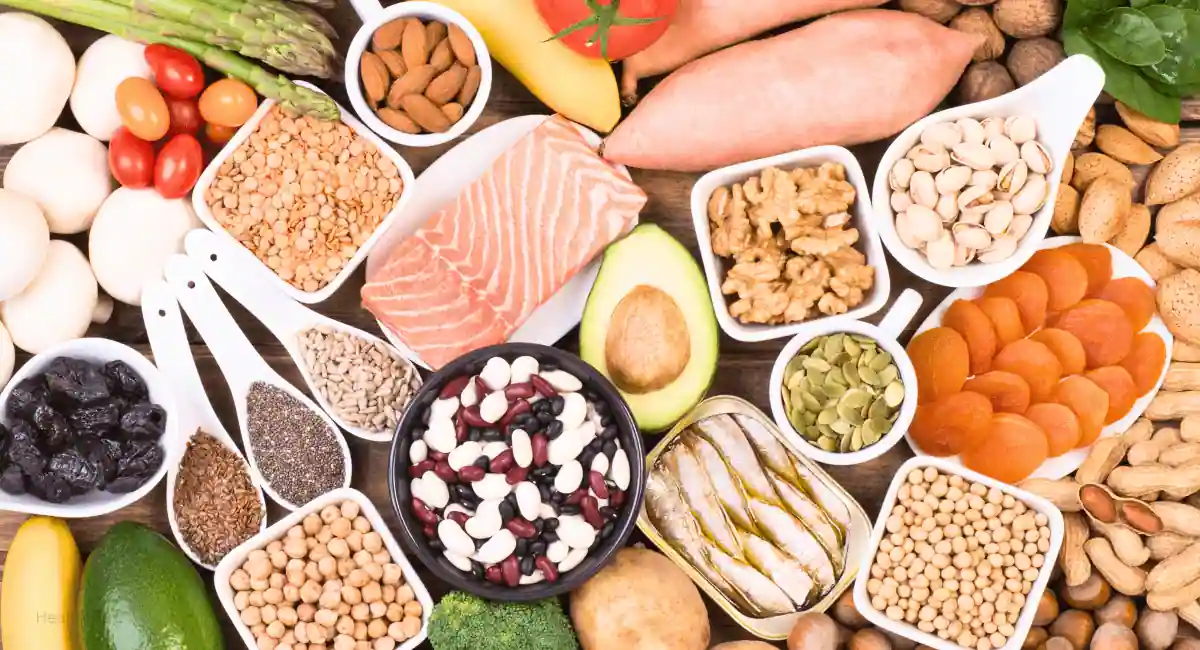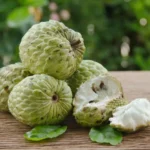Learn how to naturally increase potassium levels with simple, effective dietary and lifestyle changes. Simple Steps for a Healthier Lifestyle.
A crucial mineral that is vital to supporting excellent health is potassium. It helps regulate fluid balance, muscle contractions, and nerve signals. Most people don’t get enough potassium in their diet, which can lead to health issues such as high blood pressure, muscle weakness, and even heart problems. Here are nine simple and effective methods to consider for those looking to boost their potassium levels.
Symptoms of Potassium Deficiency
When the body is deprived of sufficient potassium, it can manifest symptoms that prompt immediate attention. Weakness and fatigue are often the earliest signs, as potassium is critical for muscle health and energy levels. Individuals may notice a decline in physical performance and an overall sense of lethargy. Cramping and severe muscle pain can occur due to the mineral’s role in muscle contraction. Furthermore, constipation and bloating may indicate a disruption in digestive system function, while heart palpitations and the feeling of a fluttering heart highlight potential cardiovascular disturbances. In extreme cases, one might suffer from either hypertension or hypotension as a result of impaired blood pressure regulation. Recognizing and promptly addressing these symptoms is essential to maintaining optimal health and preventing complications.
Health Benefits of Potassium-Rich Foods
Beyond potassium’s crucial role in regulating body functions, foods high in this mineral often come packed with additional health benefits. For instance, potassium-rich fruits and vegetables are also abundant in dietary fiber, which is essential for intestinal health and aids in maintaining a healthy weight. Eating leafy greens and berries can provide plenty of antioxidants that effectively fight oxidative stress and may reduce the risk of chronic diseases. Besides being high in potassium, legumes are also a valuable plant-based protein source and contribute to heart health with their low fat and high fiber content. Regular consumption of these nutrient-dense foods contributes to a well-rounded diet and can profoundly impact overall health.
Risks of potassium deficiency
Potassium deficiency, or hypokalemia, can have profound health implications. It may present with symptoms like muscle cramps, weakness, and fatigue that can severely hinder daily function. Persistent deficiency not only exacerbates these symptoms but can also lead to arrhythmia or irregular heartbeats, It significantly raises the chance of heart attack and stroke. More subtly, it affects nerve function and can contribute to issues such as numbness and tingling, breathing difficulties, and digestive problems. Ensuring adequate potassium intake prevents these risks and maintains overall health.
How do you increase potassium levels?
Eat potassium-rich foods like bananas, avocados, spinach, sweet potatoes, and salmon to increase the body’s potassium levels. Additionally, you can also take supplements after consulting with a healthcare professional. However, it’s essential not to overdo it, as excessive potassium intake can also be harmful.
10 Ways to Increase Potassium Levels
Explore a variety of foods and supplements that can help increase potassium levels and improve overall health. Here are 10 ways to increase potassium level, including
1. Eat Potassium-Rich Foods
The best way to increase your potassium intake is by incorporating more potassium-rich foods into your daily meals. Vegetables, fruits, and legumes are great providers of this essential mineral. Some of the top potassium-rich foods include:
- Potassium-rich Fruits: Oranges, apricots, and dried fruits like prunes and raisins are all rich in potassium.
- Vegetables: Potassium-rich foods include potatoes, tomatoes, and leafy greens like kale and spinach.
- Legumes: Beans, lentils, and peas are high in potassium and provide protein and fiber.
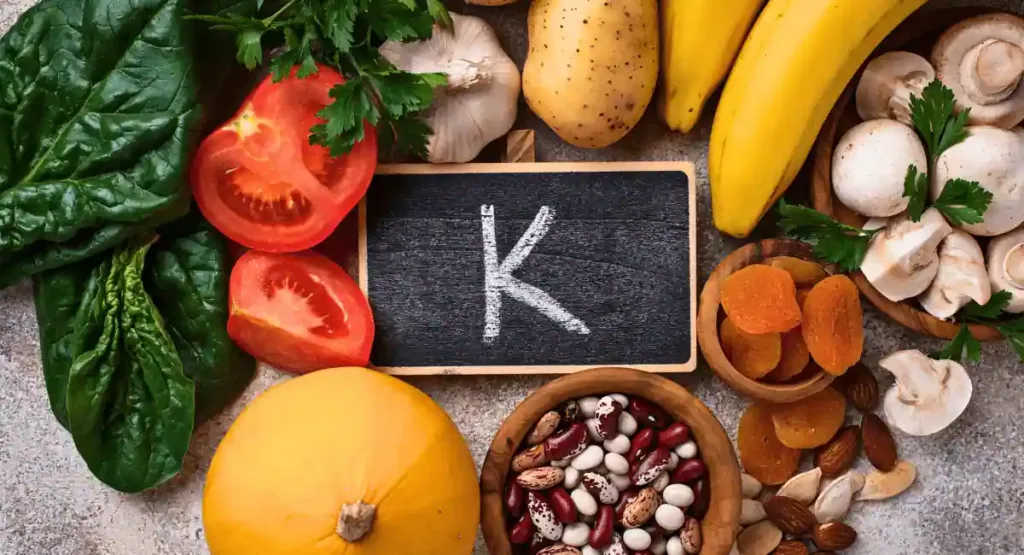
Focusing on a diet filled with these foods can quickly increase your potassium levels naturally.
2. Add Avocado to Your Diet
Avocado is often touted as a superfood for good reason. It’s filled with heart-healthy monounsaturated fats and essential nutrients, including potassium. One avocado can provide about 975 milligrams of potassium, more than double that of a medium-sized banana. Adding avocado to your salads, sandwiches, and smoothies can be a simple and delicious way to elevate your potassium intake.

3. Include Bananas in Your Meals
The most well-known source of potassium is bananas. This versatile fruit contains about 422 mg of potassium and is an excellent addition to breakfast, snacks, and baked goods. Bananas’ natural sugar can provide you with a quick energy boost, and their potassium content helps replenish electrolytes after a workout, making them an athlete’s go-to snack.
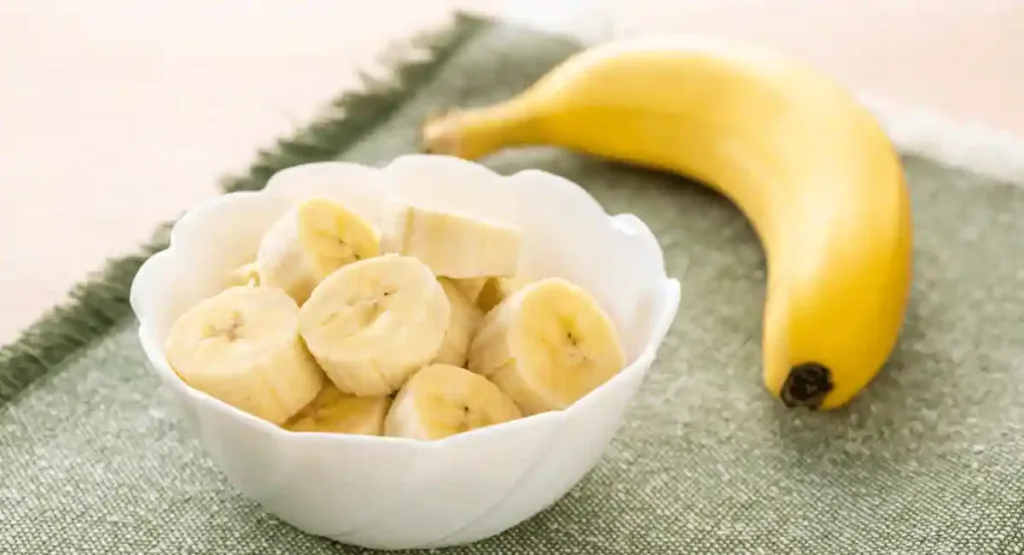
4. Consume More Leafy Greens
Leafy greens like spinach and kale are low in calories and high in essential nutrients, including potassium. For example, a cup of boiled spinach has around 839 milligrams of potassium, nearly one-fifth of the daily value. These greens can be added to soups, smoothies, and salads, making hitting your daily potassium quota easier.

5. Incorporate Sweet Potatoes
Sweet potatoes are a tasty and wholesome root vegetable with a very high potassium content. With roughly 950 mg in a medium-sized sweet potato, this option is a winner for anyone looking to up their potassium intake. Beyond potassium, they also provide a hefty dose of vitamins A and C and fiber, making them a well-rounded addition to your diet.

6. Opt for Beans and Lentils
Legumes, including beans, lentils, and peas, are chock full of potassium, and those on a vegetarian or vegan diet will find them a great alternative. For example, one cup of cooked black beans has about 700 milligrams of potassium, fulfilling about 20% of your daily needs. They’re also a fantastic source of protein and fiber, making them a staple for anyone seeking a healthy diet.

7. Nutty for Nuts and Seeds
Nuts and seeds are great snacks but can be sprinkled on salads and yogurt or included in baking. Almonds, pistachios, and sunflower seeds are notably high in potassium, with a 1/4 cup serving up to 300 mg. Incorporating these into your diet is also an excellent way to increase healthy fat and protein intake.

8. Experiment with Coconut Water
Coconut water naturally contains about 600 mg of potassium per 8-ounce serving. It’s also a good source of hydrating electrolytes, such as magnesium and calcium, making it a popular beverage choice for those seeking a refreshing way to increase their potassium levels.
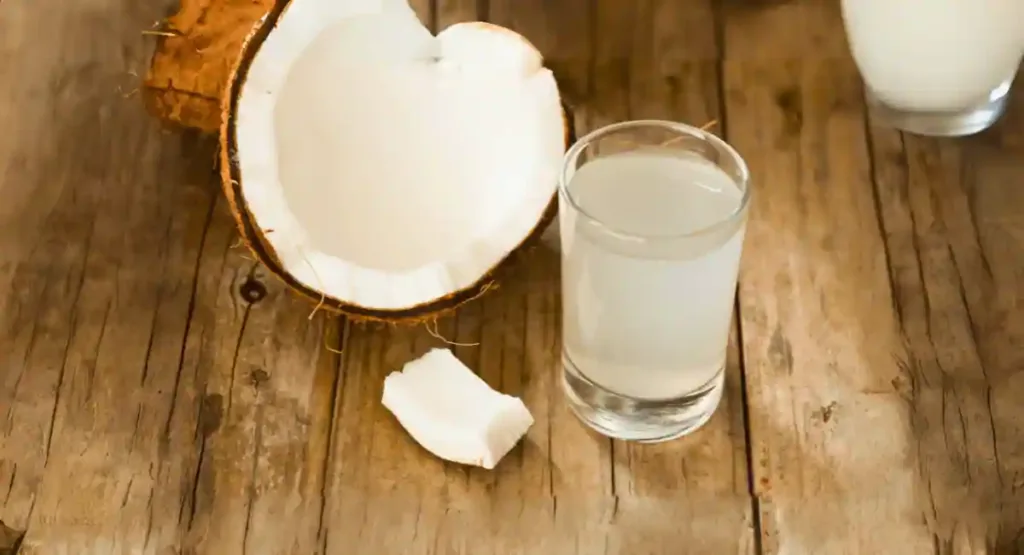
9. Choose High-Potassium Dairy Products
For those who consume dairy, it can be a valuable source of potassium. Milk, yogurt, and cheese all contain potassium and other essential nutrients. Not eating other potassium-rich foods, including dairy products, can also help keep your levels up.

10. Consider Potassium Supplements
If you find getting enough potassium through your diet challenging, consider taking a potassium supplement. However, it’s essential to consult with a healthcare provider before adding supplements to your routine, as too much potassium can also be harmful—especially for those with kidney problems or on certain medications.

Conclusion
Increasing your potassium intake is a simple yet significant step towards better health. Potassium is necessary for supporting regular body processes, so ensure you’re getting enough by embracing these nine strategies. Whether adding a few more avocados to your shopping list or sipping coconut water post-workout, these changes can make a big difference in your overall well-being. Remember, balance is critical, and a varied diet rich in fruits, vegetables, and other potassium sources will boost your potassium levels and provide many other health benefits.
Hi there! I’m content writer and blogger. With over two years of experience, I’ve shared my passion for writing across various platforms. I firmly believe in the transformative power of words and look forward to sharing this journey with you. Enjoy my work!
